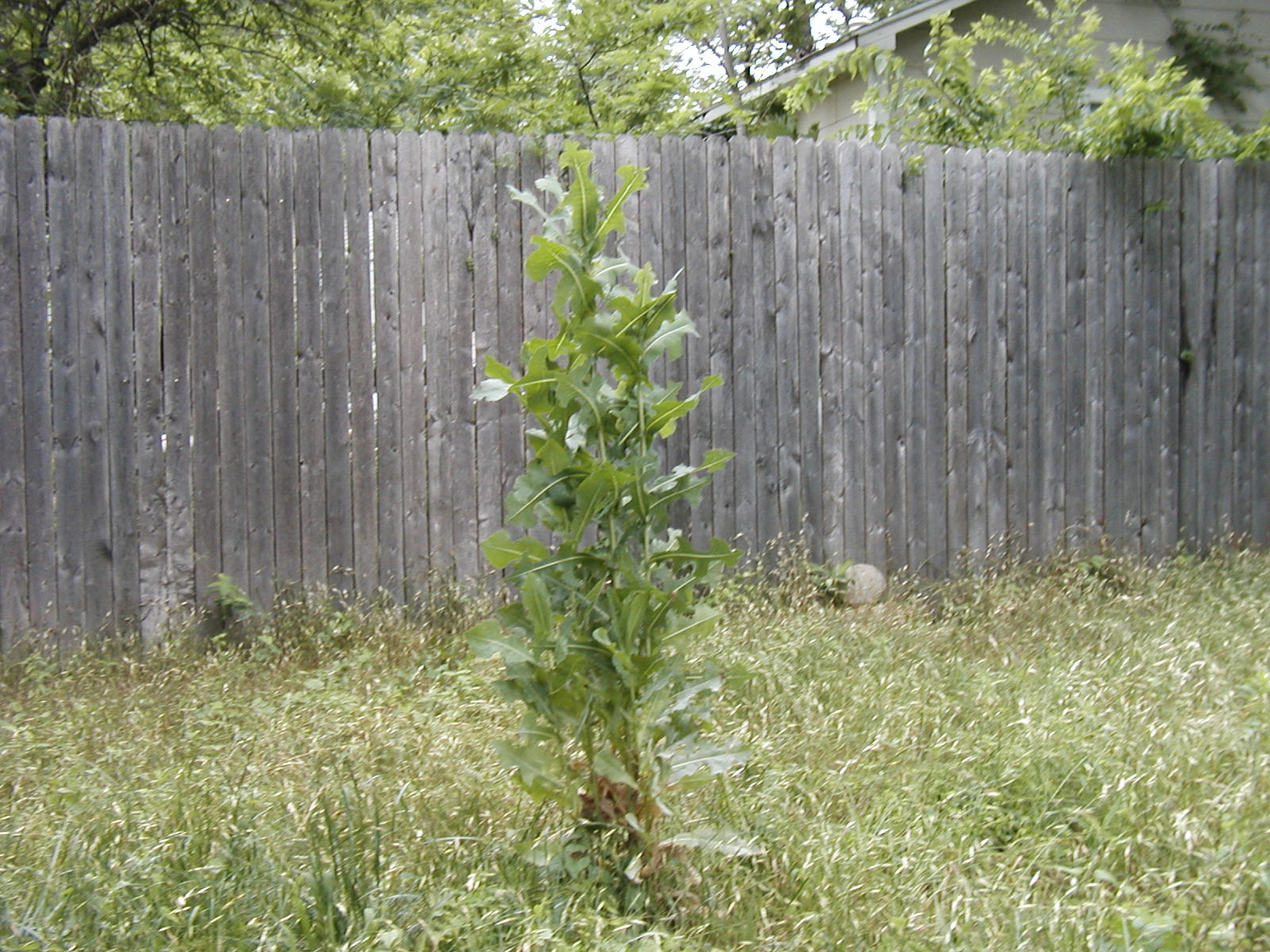|
Historia Plantarum (Theophrastus)
Theophrastus's ''Enquiry into Plants'' or ''Historia Plantarum'' (, ''Peri phyton historia'') was, along with his mentor Aristotle's ''History of Animals'', Pliny the Elder's ''Natural History (Pliny), Natural History'' and Pedanius Dioscorides, Dioscorides's ''De materia medica'', one of the most important books of natural history written in Ancient history, ancient times, and like them it was influential in the Renaissance. Theophrastus looks at plant structure, reproduction and growth; the varieties of plant around the world; wood; wild and cultivated plants; and their uses. Book 9 in particular, on the medicinal plants, medicinal uses of plants, is one of the first herbals, describing juices, gums and resins extracted from plants, and how to gather them. ''Historia Plantarum'' was written some time between c. 350 BC and c. 287 BC in ten volumes, of which nine survive. In the book, Theophrastus described plants by their uses, and attempted a Taxonomy (biology), biological clas ... [...More Info...] [...Related Items...] OR: [Wikipedia] [Google] [Baidu] |
Theophrastus
Theophrastus (; ; c. 371 – c. 287 BC) was an ancient Greek Philosophy, philosopher and Natural history, naturalist. A native of Eresos in Lesbos, he was Aristotle's close colleague and successor as head of the Lyceum (classical), Lyceum, the Peripatetic school, Peripatetic school of philosophy in Athens. Theophrastus wrote numerous treatises across all areas of philosophy, working to support, improve, expand, and develop Aristotelian system, the Aristotelian system. He made significant contributions to various fields, including ethics, metaphysics, botany, and natural history. Often considered the "father of botany" for his groundbreaking works "Historia Plantarum (Theophrastus), Enquiry into Plants" () and "On the Causes of Plants", () Theophrastus established the foundations of Botany, botanical science. His given name was (Ancient Greek: ); the nickname Theophrastus ("divine speaker") was reputedly given to him by Aristotle in recognition of his eloquent style. He came to ... [...More Info...] [...Related Items...] OR: [Wikipedia] [Google] [Baidu] |
Latin
Latin ( or ) is a classical language belonging to the Italic languages, Italic branch of the Indo-European languages. Latin was originally spoken by the Latins (Italic tribe), Latins in Latium (now known as Lazio), the lower Tiber area around Rome, Italy. Through the expansion of the Roman Republic, it became the dominant language in the Italian Peninsula and subsequently throughout the Roman Empire. It has greatly influenced many languages, Latin influence in English, including English, having contributed List of Latin words with English derivatives, many words to the English lexicon, particularly after the Christianity in Anglo-Saxon England, Christianization of the Anglo-Saxons and the Norman Conquest. Latin Root (linguistics), roots appear frequently in the technical vocabulary used by fields such as theology, List of Latin and Greek words commonly used in systematic names, the sciences, List of medical roots, suffixes and prefixes, medicine, and List of Latin legal terms ... [...More Info...] [...Related Items...] OR: [Wikipedia] [Google] [Baidu] |
Lactuca Scariola
''Lactuca serriola'', also called prickly lettuce, milk thistle (not to be confused with '' Silybum marianum'', also called milk thistle), compass plant, and scarole, is an annual or biennial plant in the tribe Cichorieae within the family Asteraceae. It has a slightly fetid odor and is commonly considered a weed of orchards, roadsides and field crops. It is the closest wild relative of cultivated lettuce ('' Lactuca sativa'' L.). ''Lactuca serriola'' is native to Eurasia and north Africa, and has become naturalized elsewhere. Description ''Lactuca serriola'' has a spineless reddish stem, containing a milky latex, growing up to . The leaves get progressively smaller as they reach its top. They are oblong or lanceolate, often pinnately lobed and (especially for the lower leaves), waxy grey green. Fine spines are present along the veins and leaf edges. The undersides have whitish veins. They emit latex when cut. The flower heads are wide, pale yellow, often tinged purple, ... [...More Info...] [...Related Items...] OR: [Wikipedia] [Google] [Baidu] |
Conium
''Conium'' ( or ) is a genus of flowering plants in the family Apiaceae. , Plants of the World Online accepts six species. All species of the genus are poisonous to humans. ''C. maculatum'', also known as hemlock, is infamous for being highly poisonous. Hemlock is native to temperate regions of Europe, North Africa and Western Asia. The species ''C. chaerophylloides'', ''C. fontanum'', and ''C. sphaerocarpum'' are all native to southern Africa. Description Plants of the genus ''Conium'' are eudicots, flowering plants distinguished by their two cotyledons (embryonic leaves) and tricolpate (three-pored) pollen. They are typically biennial, forming basal rosettes in the first year of growth, and sprouting a rigid, hollow flower stalk in the second. Germination occurs between spring and autumn. Occasionally, plants which germinate in early spring are annual instead of biennial. These plants grow best in wet, poorly drained areas with nutrient rich soil. They grow well in nitrogen ... [...More Info...] [...Related Items...] OR: [Wikipedia] [Google] [Baidu] |
Poppy
A poppy is a flowering plant in the subfamily Papaveroideae of the family Papaveraceae. Poppies are herbaceous plants, often grown for their colourful flowers. One species of poppy, '' Papaver somniferum'', is the source of the narcotic drug mixture opium, which contains powerful medicinal alkaloids such as morphine and has been used since ancient times as an analgesic and narcotic medicinal and recreational drug. It also produces edible seeds. Following the trench warfare in the poppy fields of Flanders, Belgium, during World War I, poppies have become a symbol of remembrance of soldiers who have died during wartime, especially in the UK, Canada, Australia, New Zealand and other Commonwealth realms. Description Poppies are herbaceous annual, biennial or short-lived perennial plants. Some species are monocarpic, dying after flowering. Poppies can be over tall with flowers up to across. Flowers of species (not cultivars) have 4 or 6 petals, many stamens forming a ... [...More Info...] [...Related Items...] OR: [Wikipedia] [Google] [Baidu] |
Diocles Of Carystus
Diocles of Carystus (; ; ; also known by the Latin name Diocles Medicus, i.e. "Diocles the physician"; ) was a well-regarded Greek physician, born in Carystus, a city on Euboea, Greece. His significance was as a major thinker, practitioner, and writer of the fourth century. Life Diocles lived not long after the time of Hippocrates, to whom Pliny says he was next in age and fame. Not much is known of his life, other that he lived and worked in Athens, where he wrote what may be the first medical treatise in Attic (not in Ionic as was customary in Greek medical writings). His most important work was in practical medicine, especially diet and nutrition, but he also wrote the first systematic textbook on animal anatomy. According to a number of sources, he was the first to use the word "anatomy" to describe the study. He belonged to the medical sect of the '' Dogmatici'', and wrote several medical works, of which only the titles and some fragments remain, preserved by Galen, Cae ... [...More Info...] [...Related Items...] OR: [Wikipedia] [Google] [Baidu] |
Peripatetic School
The Peripatetic school ( ) was a philosophical school founded in 335 BC by Aristotle in the Lyceum in ancient Athens. It was an informal institution whose members conducted philosophical and scientific inquiries. The school fell into decline after the middle of the 3rd century BC, but had a revival in the Roman Empire. History The term ''peripatetic'' is a transliteration of the Ancient Greek word , meaning 'of walking' or 'given to walking about'. The Peripatetic school, founded by Aristotle, was actually known simply as the Peripatos. Aristotle's school came to be so named because of the ('walkways', some covered or with colonnades) of the Lyceum where the members met. The legend that the name came from Aristotle's alleged habit of walking while lecturing may have started with Hermippus of Smyrna. Unlike Plato (born BC, died 348 BC), Aristotle was not a citizen of Athens, and could not own property; he and his colleagues therefore used the grounds of the Lyceum ... [...More Info...] [...Related Items...] OR: [Wikipedia] [Google] [Baidu] |
Carl Linnaeus
Carl Linnaeus (23 May 1707 – 10 January 1778), also known after ennoblement in 1761 as Carl von Linné,#Blunt, Blunt (2004), p. 171. was a Swedish biologist and physician who formalised binomial nomenclature, the modern system of naming organisms. He is known as the "father of modern Taxonomy (biology), taxonomy". Many of his writings were in Latin; his name is rendered in Latin as and, after his 1761 ennoblement, as . Linnaeus was the son of a curate and was born in Råshult, in the countryside of Småland, southern Sweden. He received most of his higher education at Uppsala University and began giving lectures in botany there in 1730. He lived abroad between 1735 and 1738, where he studied and also published the first edition of his ' in the Netherlands. He then returned to Sweden where he became professor of medicine and botany at Uppsala. In the 1740s, he was sent on several journeys through Sweden to find and classify plants and animals. In the 1750s and 1760s, he co ... [...More Info...] [...Related Items...] OR: [Wikipedia] [Google] [Baidu] |
List Of Systems Of Plant Taxonomy
This list of systems of plant taxonomy presents "taxonomic systems" used in plant classification. A wiktionary:taxonomic system, taxonomic system is a coherent whole of taxonomy (biology), taxonomic judgments on circumscription (taxonomy), circumscription and placement of the considered taxa. It is only a "system" if it is applied to a large group of such taxa (for example, all the flowering plants). There are two main criteria for this list. A system must be taxonomic, that is deal with many plants, by their botanical names. Secondly it must be a system, i.e. deal with the relationships of plants. Although thinking about relationships of plants had started much earlier (see history of plant systematics), such systems really only came into being in the 19th century, as a result of an ever-increasing influx from all over the world of newly discovered plant species. The 18th century saw some early systems, which are perhaps precursors rather than full taxonomic systems. A mileston ... [...More Info...] [...Related Items...] OR: [Wikipedia] [Google] [Baidu] |
Science In The Middle Ages
The history of science covers the development of science from ancient times to the present. It encompasses all three major branches of science: natural, social, and formal. Protoscience, early sciences, and natural philosophies such as alchemy and astrology that existed during the Bronze Age, Iron Age, classical antiquity and the Middle Ages, declined during the early modern period after the establishment of formal disciplines of science in the Age of Enlightenment. The earliest roots of scientific thinking and practice can be traced to Ancient Egypt and Mesopotamia during the 3rd and 2nd millennia BCE. These civilizations' contributions to mathematics, astronomy, and medicine influenced later Greek natural philosophy of classical antiquity, wherein formal attempts were made to provide explanations of events in the physical world based on natural causes. After the fall of the Western Roman Empire, knowledge of Greek conceptions of the world deteriorated in Latin-speaking We ... [...More Info...] [...Related Items...] OR: [Wikipedia] [Google] [Baidu] |
Botanical
Botany, also called plant science, is the branch of natural science and biology studying plants, especially Plant anatomy, their anatomy, Plant taxonomy, taxonomy, and Plant ecology, ecology. A botanist or plant scientist is a scientist who specialises in this field. "Plant" and "botany" may be defined more narrowly to include only land plants and their study, which is also known as phytology. Phytologists or botanists (in the strict sense) study approximately 410,000 species of Embryophyte, land plants, including some 391,000 species of vascular plants (of which approximately 369,000 are flowering plants) and approximately 20,000 bryophytes. Botany originated as history of herbalism#Prehistory, prehistoric herbalism to identify and later cultivate plants that were edible, poisonous, and medicinal, making it one of the first endeavours of human investigation. Medieval physic gardens, often attached to Monastery, monasteries, contained plants possibly having medicinal benefit. ... [...More Info...] [...Related Items...] OR: [Wikipedia] [Google] [Baidu] |
Ancient Greek
Ancient Greek (, ; ) includes the forms of the Greek language used in ancient Greece and the classical antiquity, ancient world from around 1500 BC to 300 BC. It is often roughly divided into the following periods: Mycenaean Greek (), Greek Dark Ages, Dark Ages (), the Archaic Greece, Archaic or Homeric Greek, Homeric period (), and the Classical Greece, Classical period (). Ancient Greek was the language of Homer and of fifth-century Athens, fifth-century Athenian historians, playwrights, and Ancient Greek philosophy, philosophers. It has contributed many words to English vocabulary and has been a standard subject of study in educational institutions of the Western world since the Renaissance. This article primarily contains information about the Homeric Greek, Epic and Classical periods of the language, which are the best-attested periods and considered most typical of Ancient Greek. From the Hellenistic period (), Ancient Greek was followed by Koine Greek, which is regar ... [...More Info...] [...Related Items...] OR: [Wikipedia] [Google] [Baidu] |








